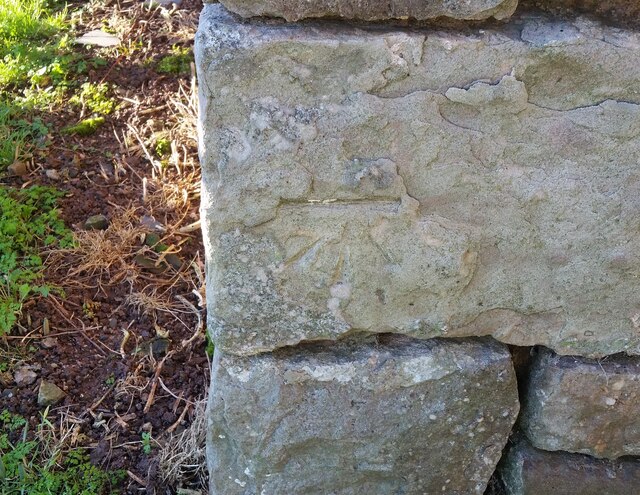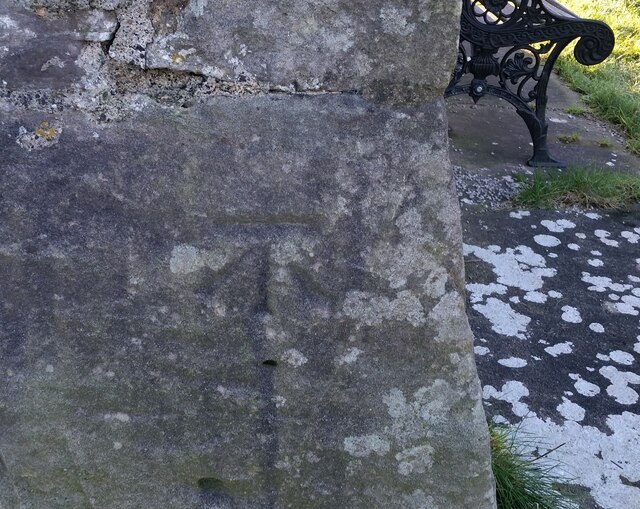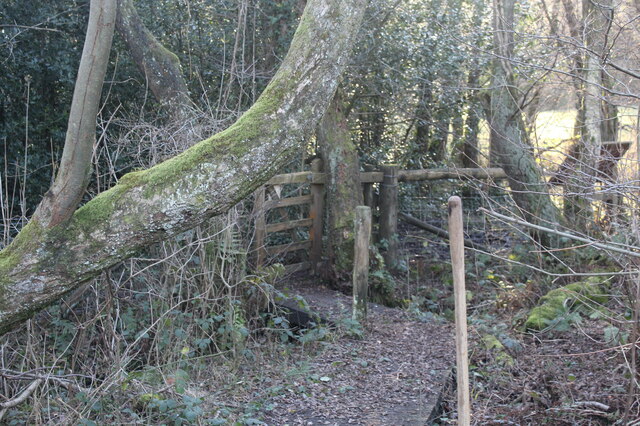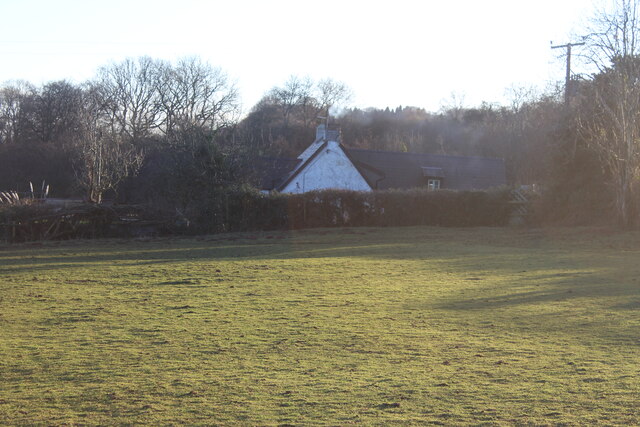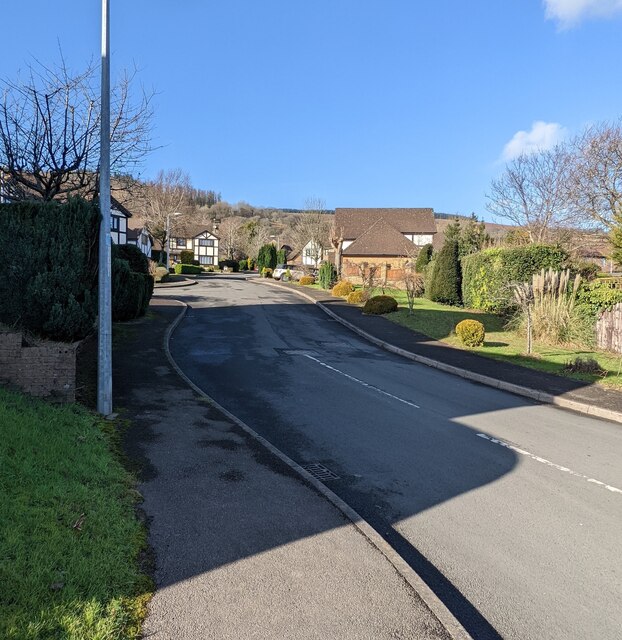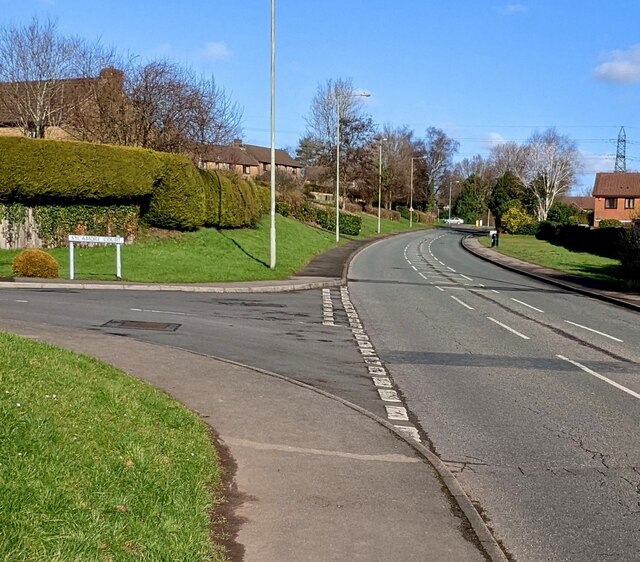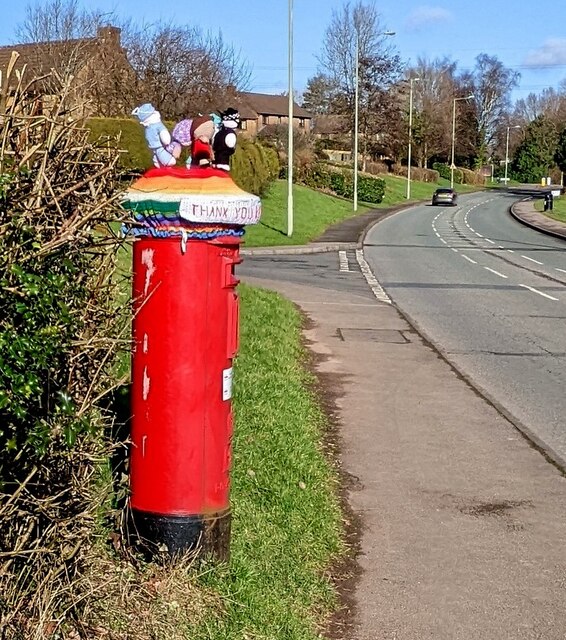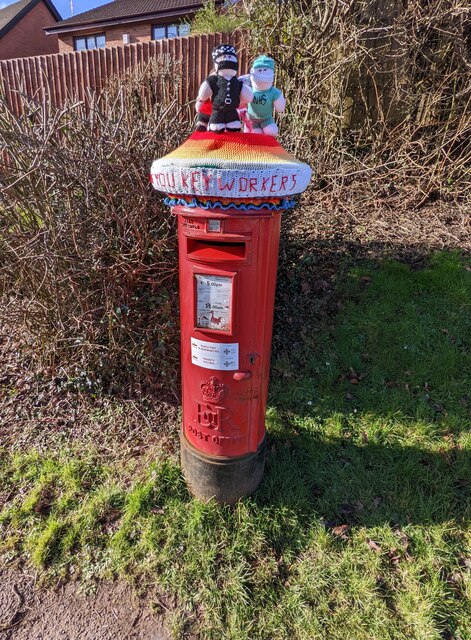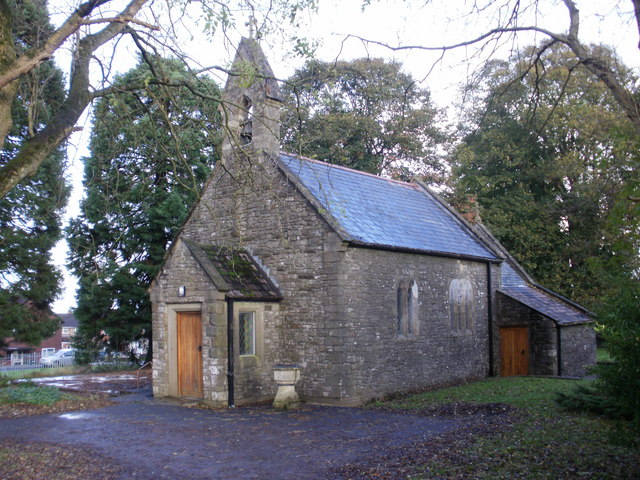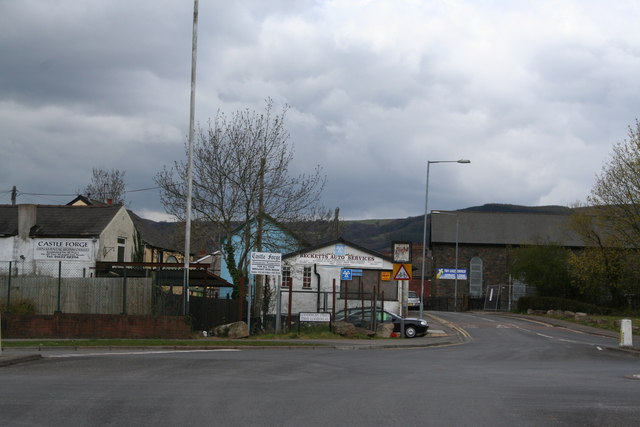Henllys Vale
Valley in Monmouthshire
Wales
Henllys Vale

Henllys Vale is a picturesque valley located in Monmouthshire, Wales. Nestled between the rolling hills of the Brecon Beacons National Park, the valley offers a stunning natural landscape with its lush greenery and meandering streams.
The main attraction of Henllys Vale is its enchanting woodland, which is home to a diverse range of flora and fauna. Visitors can explore the valley through a network of well-maintained footpaths that meander through the trees, providing an immersive experience in nature. The sound of birds chirping and the gentle rustle of leaves create a tranquil ambiance that is perfect for relaxation and reflection.
One of the highlights of Henllys Vale is the Henllys Falls, a breathtaking waterfall that cascades down a rocky ledge into a crystal-clear pool below. The falls are a popular spot for photographers and nature enthusiasts, who can capture the beauty of the rushing water against the backdrop of the surrounding greenery.
In addition to its natural beauty, Henllys Vale also has a rich historical past. The valley was once the site of an ironworks, which played a significant role in the industrial development of Monmouthshire. Remnants of the ironworks can still be seen, adding a touch of history to the already captivating landscape.
Overall, Henllys Vale is a must-visit destination for nature lovers and history enthusiasts alike. Its stunning natural beauty, tranquil ambiance, and historical significance make it a truly unique and captivating place to explore.
If you have any feedback on the listing, please let us know in the comments section below.
Henllys Vale Images
Images are sourced within 2km of 51.624405/-3.0467453 or Grid Reference ST2792. Thanks to Geograph Open Source API. All images are credited.
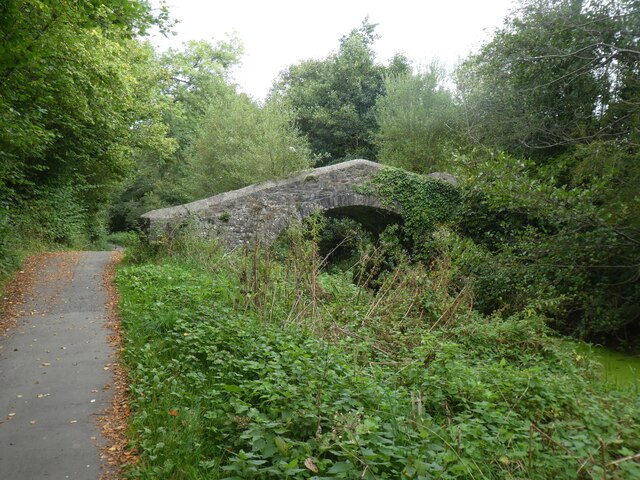
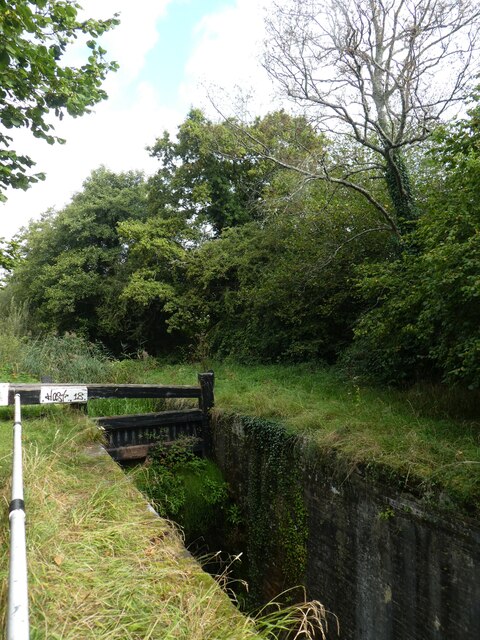
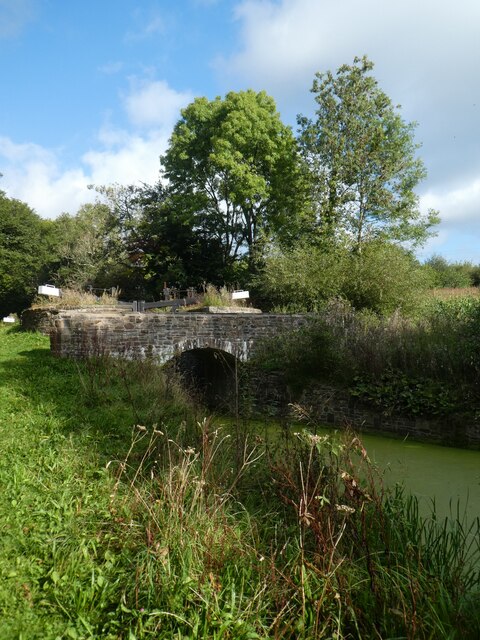


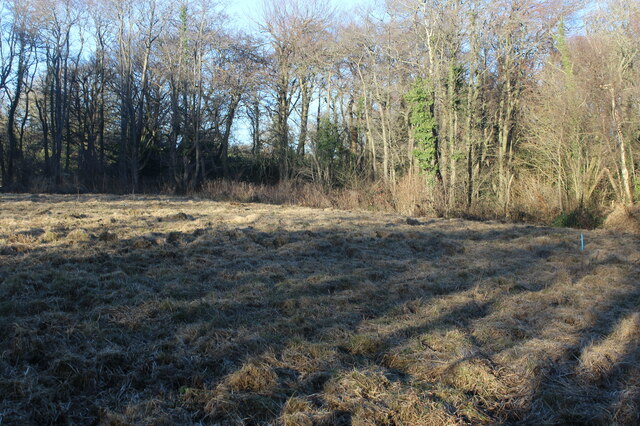
Henllys Vale is located at Grid Ref: ST2792 (Lat: 51.624405, Lng: -3.0467453)
Unitary Authority: Torfaen
Police Authority: Gwent
What 3 Words
///monorail.reboot.guard. Near Cwmbran, Torfaen
Nearby Locations
Related Wikis
Coed Eva
Coed Eva (Welsh: Coed Efa) is a suburb of Cwmbran in Torfaen County Borough, Wales. It lies in the preserved county of Gwent and within the historic boundaries...
Henllys, Torfaen
Henllys means 'ancient court' with hen 'ancient' and llys 'court'. The name may refer to the former administrative court of the lordship of Machen Today...
Bettws, Newport
Bettws (Welsh: Betws) is a large modern housing estate, electoral ward and coterminous community (parish) of the city of Newport, South Wales. == Etymology... ==
Fairwater, Torfaen
Fairwater is a community and suburb of Cwmbran in the county borough of Torfaen, in south east Wales, and was built by the Cwmbran Development Corporation...
Two Locks
Two Locks is a suburb of Cwmbran in the county borough of Torfaen, in south-east Wales. The locks in question are part of the Monmouthshire & Brecon Canal...
Rougemont School
Rougemont School (Welsh: Ysgol Rougemont) is an independent co-educational day school located in the manor house Llantarnam Hall in south Wales. The school...
Cwmbran High School
Cwmbran High School (Welsh: Ysgol Uwchradd Cwmbran), previously known as Fairwater High School, is a state-funded and non-selective comprehensive school...
Risca Community Comprehensive School
Risca Community Comprehensive School is a community comprehensive school located in the town of Risca near Newport on the eastern side of the Caerphilly...
Nearby Amenities
Located within 500m of 51.624405,-3.0467453Have you been to Henllys Vale?
Leave your review of Henllys Vale below (or comments, questions and feedback).


